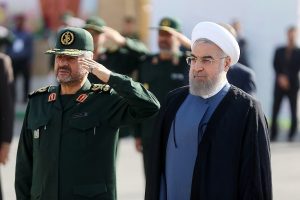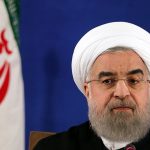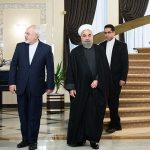Our IPS colleague Gareth Porter has taken a careful look at the central tenet of the accusation that Iran’s nuclear program is aimed at creating weapons: that Iran did “studies” to see how to weaponize nuclear material in the war head of a missile. Porter found some inconsistencies between the missile design in the alleged “studies” — found on an Iranian laptop — and the missile design of the actual missiles that Iran has tested.
The most important intelligence documents used to argue that Iran had a covert nuclear weapons research and development programme in 2003 – a set of technical drawings of efforts to fit what appears to be a nuclear payload into the reentry vehicle of Iran’s medium-range ballistic missile, the Shahab-3 – turn out to have a fatal flaw: the drawings depict a reentry vehicle that had already been abandoned by the Iranian missile programme in favour of an improved model.
The reentry vehicle or warhead shown in the schematics had the familiar “dunce cap” shape of the original North Korean No Dong missile, an IPS investigation has confirmed. But when Iran had flight-tested a new missile in mid-2004, it did not have that “dunce cap” warhead but a new “triconic” or “baby bottle” shape, which was more aerodynamic than the one on the original Iranian missile.
The development of the new missile and warhead had already been under way for years by that time, according to the author of the most authoritative study of the Iranian missile programme.
The schematics are dated March and April 2003, according to the International Atomic Energy Agency (IAEA) report of May 2008. But according to Mike Elleman, lead author of the study published by the London-based International Institute for Strategic Studies (IISS) last May, Iran had been introducing the new warhead shape, along with other major innovations in the design of the medium-range missile, over a period of two to five years.
Elleman confirmed in an interview with IPS that the redesign of the reentry vehicle must have begun in 2002 at the latest.
The former head of the Safeguards Department of the IAEA, Olli Heinonen, who managed the IAEA investigation of the intelligence documents on Iran, confirmed in an interview with IPS that the schematics depicted in the documents were of the old No Dong Missile rather than the new missile that was tested in mid-2004.
Heinonen, now a senior fellow at the Belfer Center for Science and International Affairs at Harvard University’s Kennedy School of Government, explained the anomaly of an outdated warhead being shown in the schematics by suggesting that the group which had done the schematics had no relationship with Iranian missile programme.





This needs to be widely disseminated. Everyone will understand the falsification of the documents after Iraq. I’m praying.
Can IAEA sue Mossad for money spent on a wild goose chase?